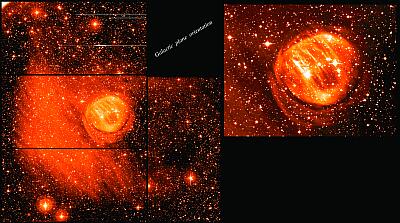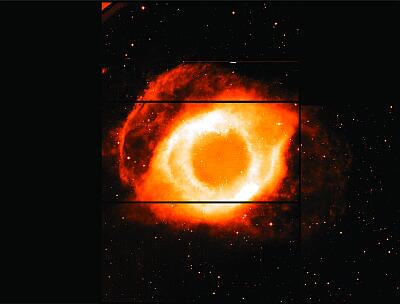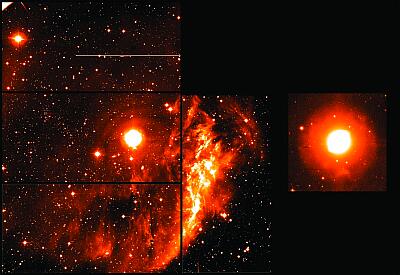 | |||
|
| Home > Public Information > ING Newsletter > No. 6, October 2002 > Other News |
|
|
INGRID | SCIENCE |
|
|
|
Previous: News from the Roque | Up: Table of Contents | Next: Recent VIP Visits
 | |||
|
| Home > Public Information > ING Newsletter > No. 6, October 2002 > Other News |
|
|
INGRID | SCIENCE |
|
|
|
Other available formats: PDF
Haloes of Planetary Nebulae from the INT WFC
|
| Planetary Nebula Sh 2 – 200 [ JPEG | TIFF ] |

|
| Helix Planetary Nebula NGC 7293 [ JPEG | TIFF ] |

|
| Planetary Nebula NGC 3242 [ JPEG | TIFF ] |
| Top | Back |
|